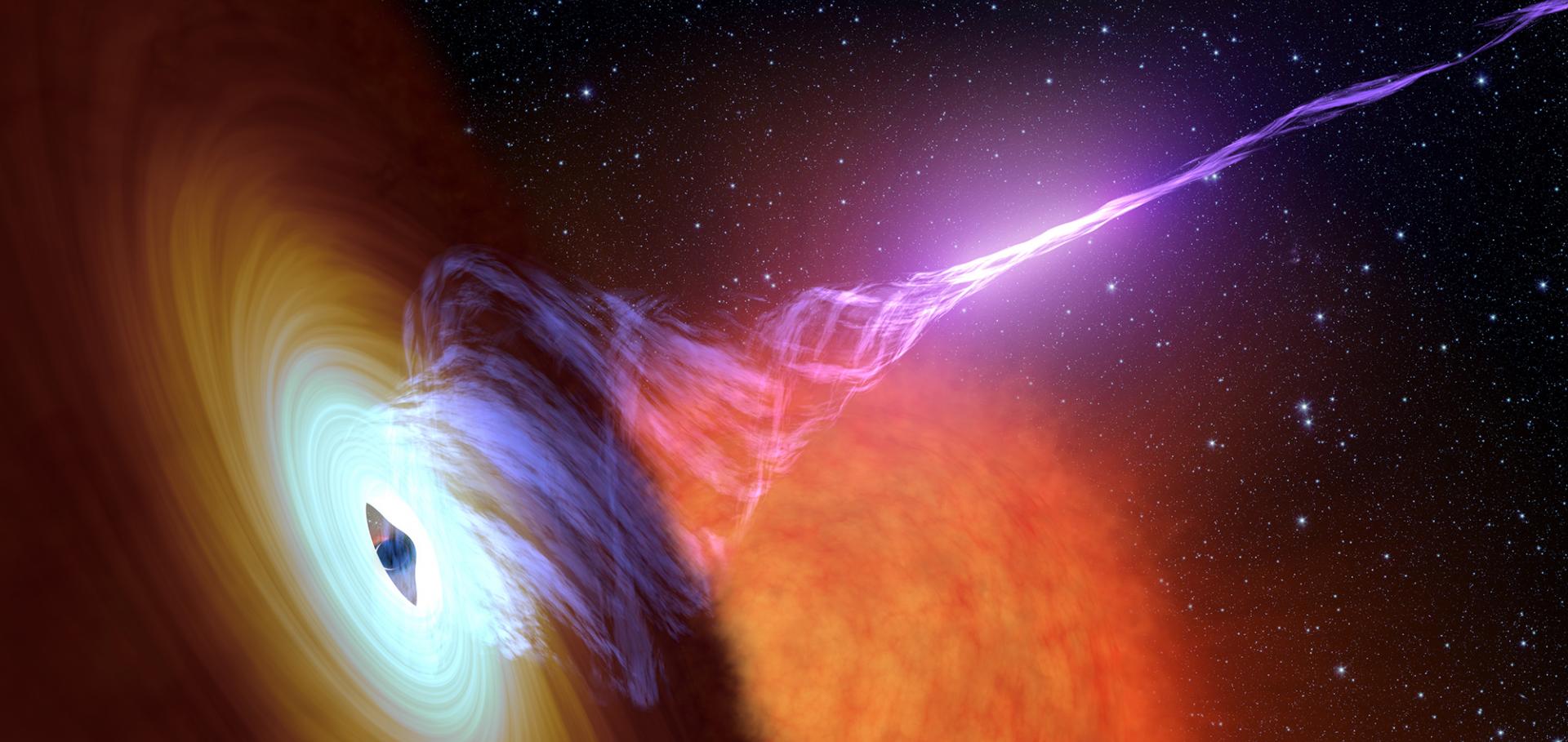A connection between accretion state and Fe K absorption in an accreting neutron star: black hole-like soft-state winds?
Monthly Notices of the Royal Astronomical Society Oxford University Press (OUP) 444:2 (2014) 1829-1834
Engulfing a radio pulsar: the case of PSR J1023+0038
Monthly Notices of the Royal Astronomical Society Oxford University Press (OUP) 444:2 (2014) 1783-1792
Swift J1357.2−0933: the faintest black hole?
Monthly Notices of the Royal Astronomical Society Oxford University Press (OUP) 444:1 (2014) 902-905
A prompt radio transient associated with a gamma-ray superflare from the young M dwarf binary DG CVn
(2014)


